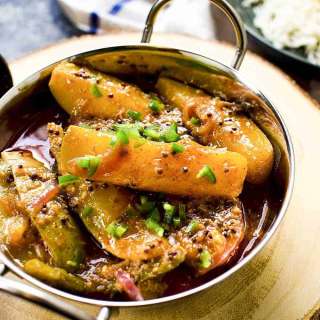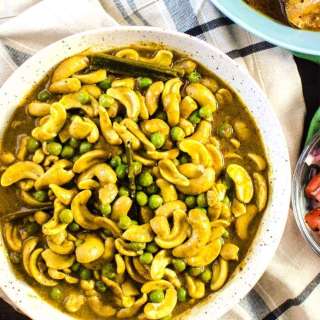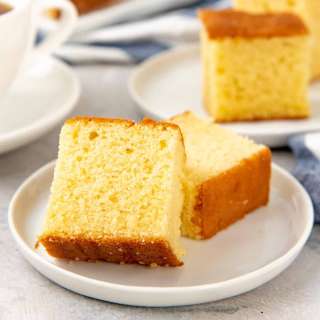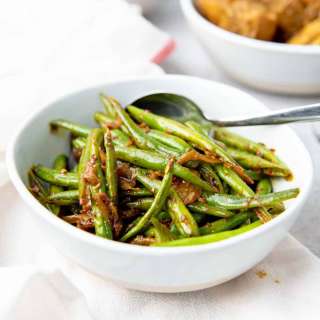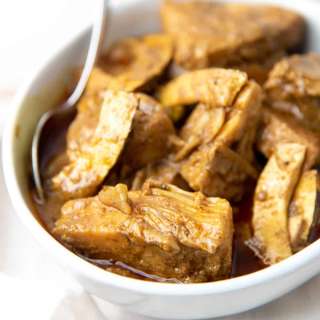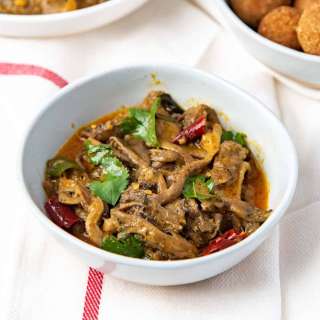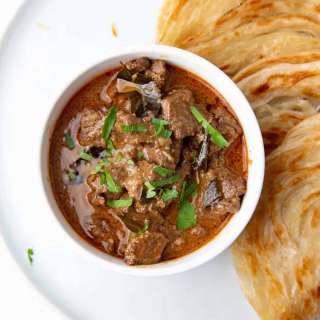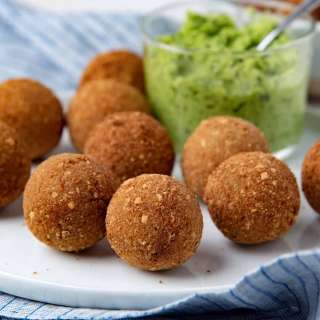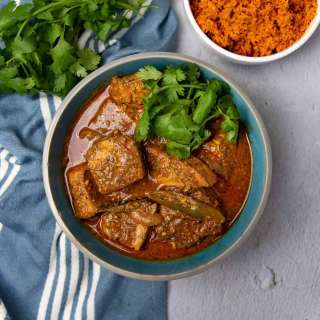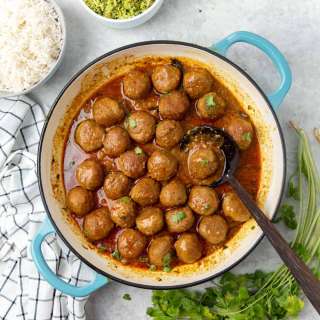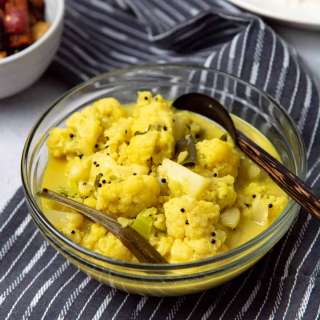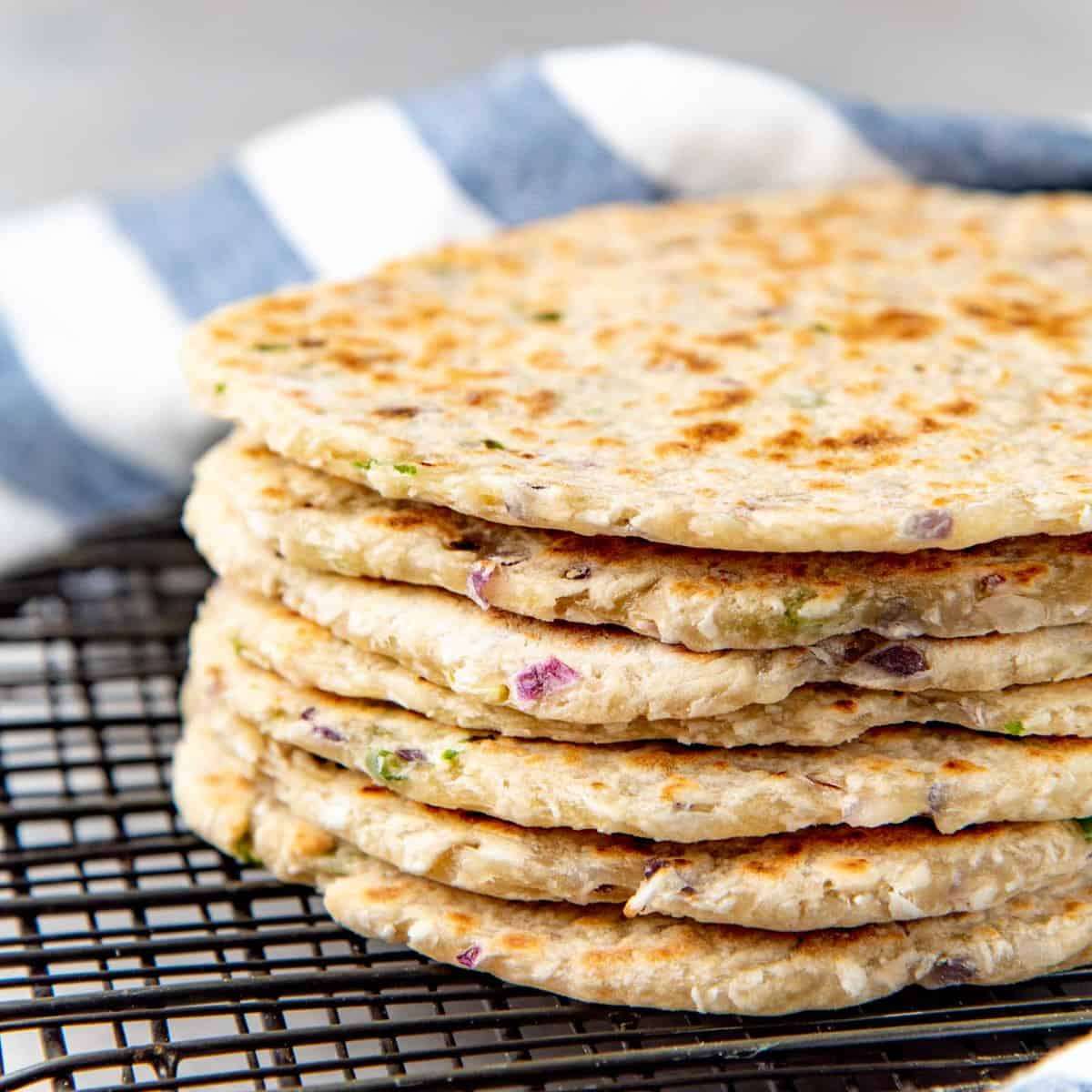
Sri Lankan Pol Roti (Coconut Roti)
User Reviews
4.8
27 reviews
Excellent

Sri Lankan Pol Roti (Coconut Roti)
Report
Classic Sri Lankan pol roti - A coconut roti (coconut flatbread) that is easy to make and uniquely delicious! No yeast or chemical leaveners needed.EASY - This is an easy recipe. Perfect for beginners. It's also a great recipe to make with kids.
Share:
Ingredients
- 400 g AP flour Volume measurements measured by spoon and level method, into a cup
- 150 g shredded desiccated coconut unsweetened. OR Freshly grated coconut (which is better!)
- 1 ¼ tsp sea salt
- 1 medium red onion Finely chopped (generous ½ cup)
- 3 long, green chili Halved lengthwise and sliced finely. Use less if you prefer. Also de-seed the green chili, if you don't want the heat.
- 120 mL coconut milk full fat preferred
- 120 mL water
Instructions
- Place the flour, desiccated coconut, salt, onion, and chili in a large bowl. Mix to combine well.
- Mix the water and coconut milk in another bowl or jug.
- Add the liquid to the flour mixture, a little at a time, while stirring the flour with your fingertips (or with a fork).
- After adding about ½ of the liquid, gently stir the mixture. You will have some clumps and dry spots of flour. Drizzle the liquid over the dry parts of the flour, while mixing, to form a dough.
- Add 1 or 2 more tbsp of water ONLY if needed. The dough should come together, but still have dry spots on the surface. This is OK.
- If you add too much water, sprinkle in a little extra flour and lightly knead it into the dough (don’t over-knead!). Shape the dough into a rough ball.
- Cover the dough (or the bowl) with plastic wrap and let the dough rest for at least 4 hours, or up to 12 hours (room temperature is fine). If you want to store the dough for up to 24 hours, then refrigerate it.
- The dough should become really soft after it has rested. If it’s very sticky, generously flour the dough and the work surface to prevent it from sticking to your counter.
- Transfer the dough to your floured work surface. Cut the dough into 8 wedges. Lightly roll up each section into a rough ball. See pictures in the post.
- Take each dough ball and sprinkle some flour on top and on the work surface. Flatten it to a disc, and then roll it out to a circle using a rolling pin. The roti should be about 0.4 - 0.5 cm thick, and about 12 -15 cm (5 - 6 inches) in diameter. Cover the rolled out roti with a cloth napkin or plastic wrap (so that it doesn't dry out), and repeat rolling out all of the dough portions.
- Preheat a cast iron skillet or non-stick skillet over medium or medium high heat.
- When the pan is heated, transfer a roti onto the skillet and cook for about 2 - 3 minutes, until the bottom starts to develop brown spots.
- Flip the roti over and cook the other side for 2 - 3 minutes, until you get brown spots on that side too.
- Place the cooked roti on a wire rack to cool down. Repeat with the rest of the roti.
- Eat the roti warm or at room temperature.
Notes
- Note - if you don't have onion and/or green chili, you can leave those out for a plain version. You may need less liquid in that case as well.
- Note
Nutrition Information
Show Details
Serving
1roti
Calories
299kcal
(15%)
Carbohydrates
45g
(15%)
Protein
7g
(14%)
Fat
16g
(25%)
Saturated Fat
13g
(65%)
Sodium
431mg
(18%)
Potassium
206mg
(6%)
Fiber
5g
(20%)
Sugar
3g
(6%)
Vitamin C
3mg
(3%)
Calcium
18mg
(2%)
Iron
3mg
(17%)
Nutrition Facts
Serving: 8roti
Amount Per Serving
Calories 299 kcal
% Daily Value*
| Serving | 1roti | |
| Calories | 299kcal | 15% |
| Carbohydrates | 45g | 15% |
| Protein | 7g | 14% |
| Fat | 16g | 25% |
| Saturated Fat | 13g | 65% |
| Sodium | 431mg | 18% |
| Potassium | 206mg | 4% |
| Fiber | 5g | 20% |
| Sugar | 3g | 6% |
| Vitamin C | 3mg | 3% |
| Calcium | 18mg | 2% |
| Iron | 3mg | 17% |
* Percent Daily Values are based on a 2,000 calorie diet.
Genuine Reviews
User Reviews
Overall Rating
4.8
27 reviews
Excellent
Other Recipes



